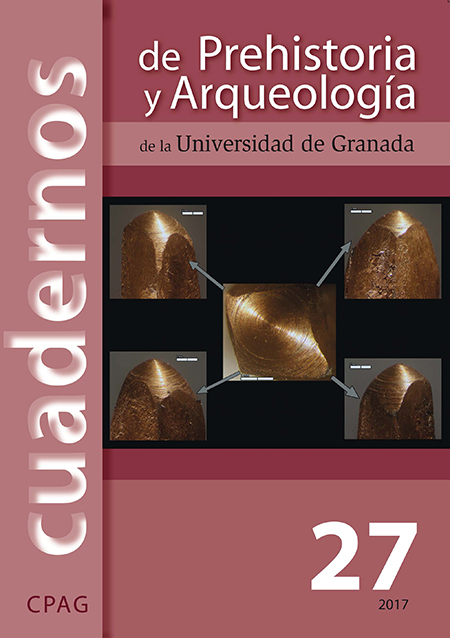RIGHT OR LEFT? FRONT OR BACK? USE-WEAR ANALYSIS OF FLINT SICKLES IN THE BIBLICAL PERIOD OF THE LEVANT
Contenu de l'article principal
Résumé
Microscopic analysis of use-wear on sickle blades from the Iron Age site Tel Dan (Israel) has revealed a high degree of uniformity, particularly of comet-shaped pits, in the way the blades were arranged in a haft. The uniformity is consistent with large geometric sickles from the Levant Middle Bronze II-Iron Age period (1900-850 BCE), suggesting the presence of a shared culture, which went beyond the political and ethnic boundaries defined by the ruling classes, and beyond periodic changes in these boundaries. Along with the possible evidence of sickle maintenance activities by specialists at the workshop, the high degree of standardization may also represent urban craft specialization, in comparison with the use and maintenance activities of the Neolithic period. In addition, the consistency in the sickle blade positioning and in the direction of tool movement negates the possibility that these blades were recycled as threshing sledge teeth.



